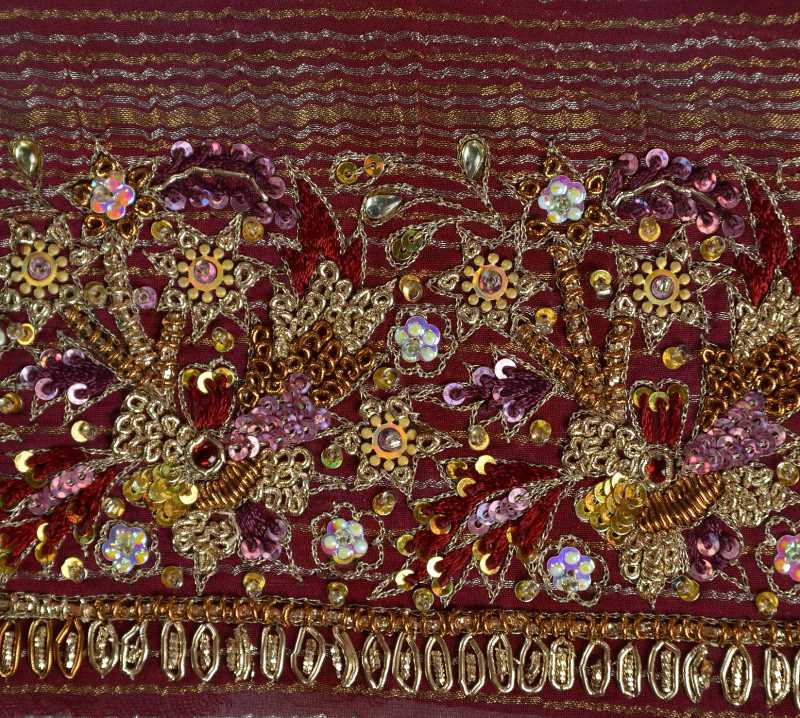===
0224,
1
===

=== |
 |
baglaa : 'Heron; crane, Ardea torra and putea (in Bengal usually called, by Europeans, 'the paddy-bird,' because of its being commonly found in rice fields): -- baglaa-bhagat , s.m. False devotee (one whose acts or observances are like those of a crane), hypocrite ... , pretender; cunning, artful fellow'. (Platts p.162)
par : 'Pinion, feather, wing, quill'. (Platts p.234)
FWP:
SETS == IDIOMS
MOTIFS
NAMES == SHAIKH
TERMS == IDIOMIt's a pity that the Shaikh is such an unattractive denizen of the ghazal world, because the idea that a prey when hunted down is reduced to nothing but 'feathers' is just the kind of mystical-sounding image that sounds right for the lover (who after death is frequently reduced to a handful of flying dust). But of course it's very clear that there's no such romantic intention in this verse; Mir makes very often refers to the Shaikh, and almost always in terms as negative and disrespectful as those he uses here.
In fact there's a widely known proverbial saying, baglaa bhagat , that is used to accuse someone of hypocrisy. It's hard to believe that Mir wouldn't have known it, and wouldn't have felt it hovering above this verse. It's so well established that it appears in Platts (see the definition above); it's even been used as the title of a Bollywood film. One modern scholar, Prof. Khusrau Gurganvi of BHU, explains it as follows:
The Bagula (Ardeola grayii) is a bird that stands in shallow waters on one leg for long periods of time and strikes at the fish once they become unaware of its presence. Bhagat means bhakt or devotee. Standing on one leg for long periods of time made the bagula seem like it was a pious devotee meditating on whatever it was a bhagat of, when is reality it was just a cunning trick to get fish.